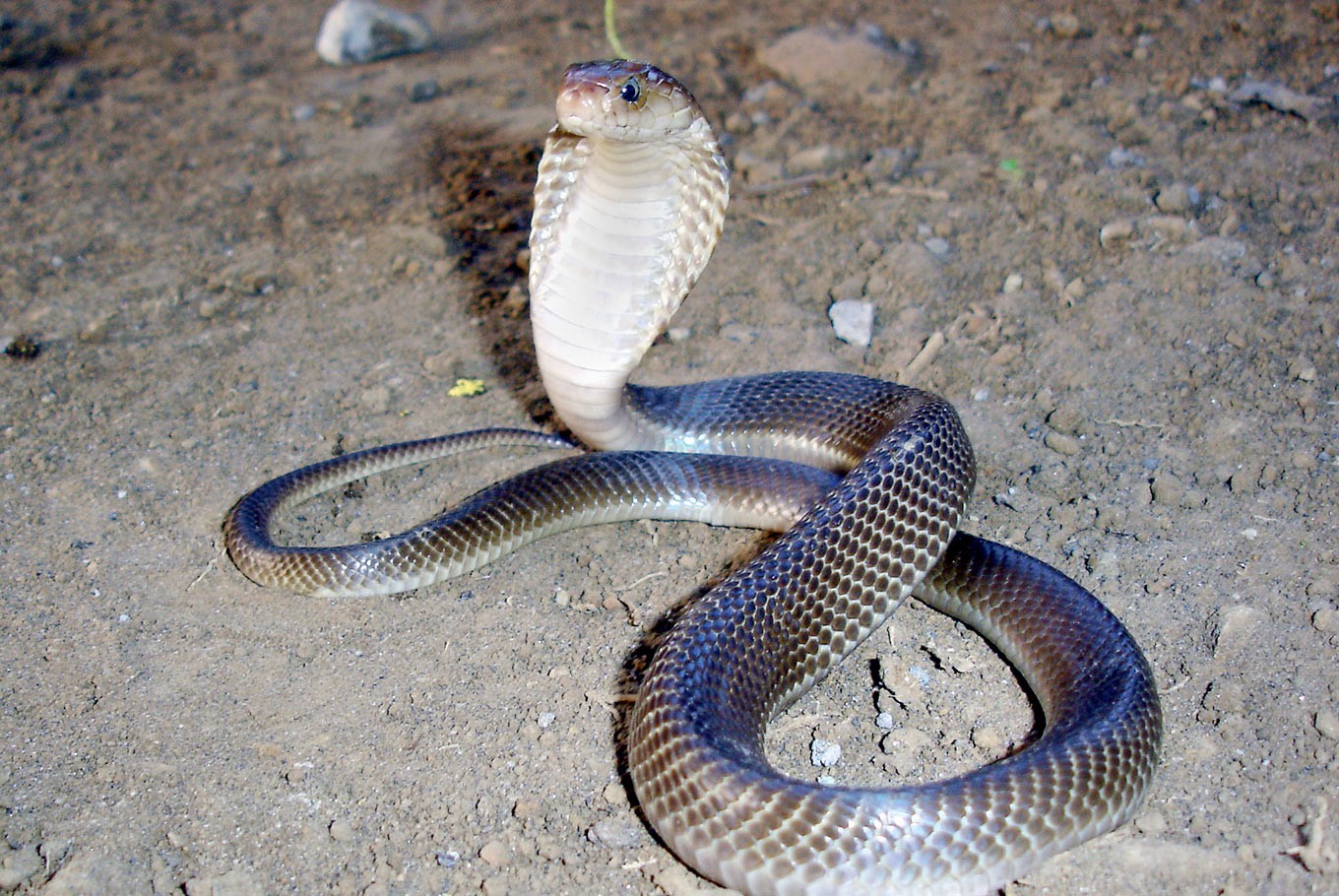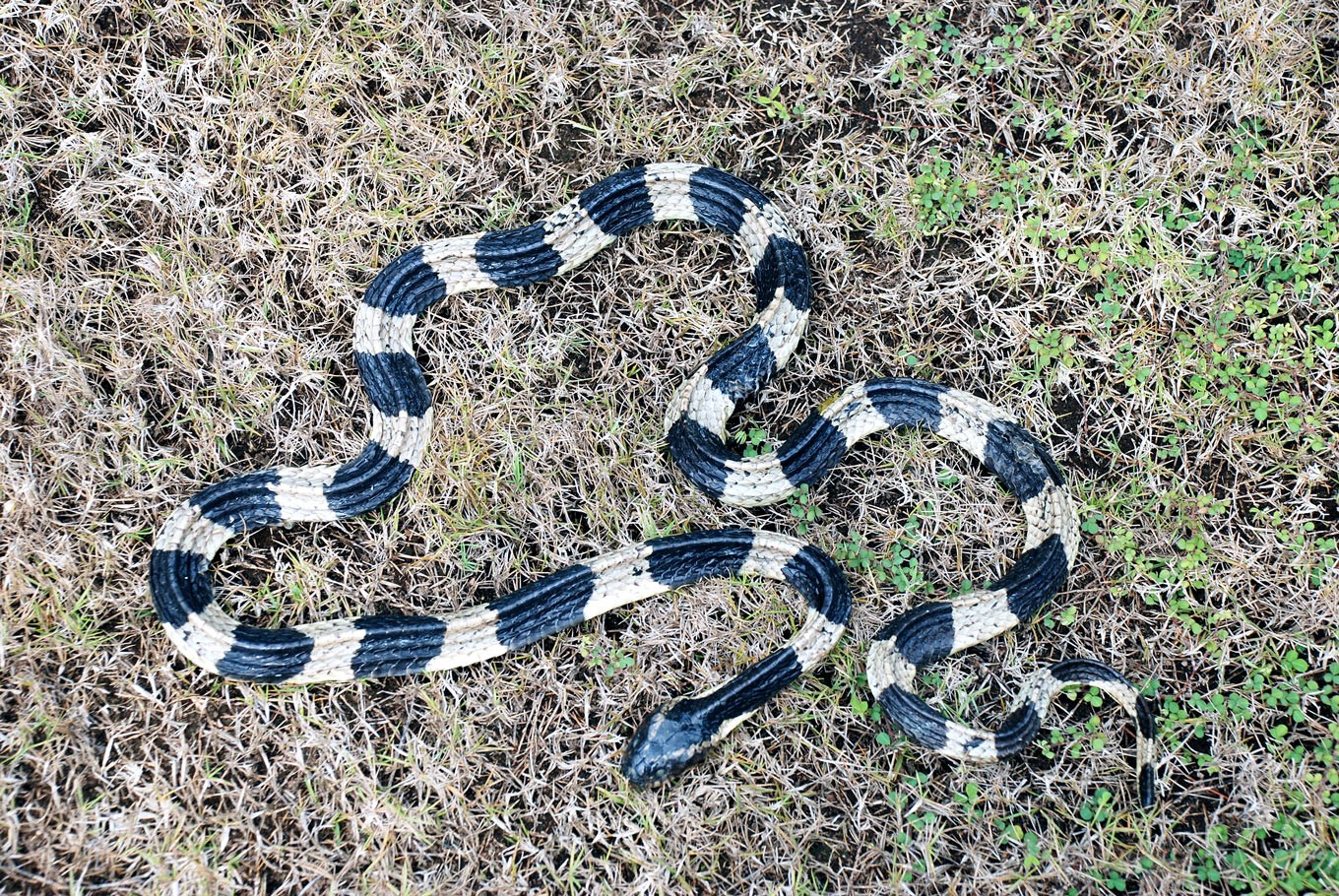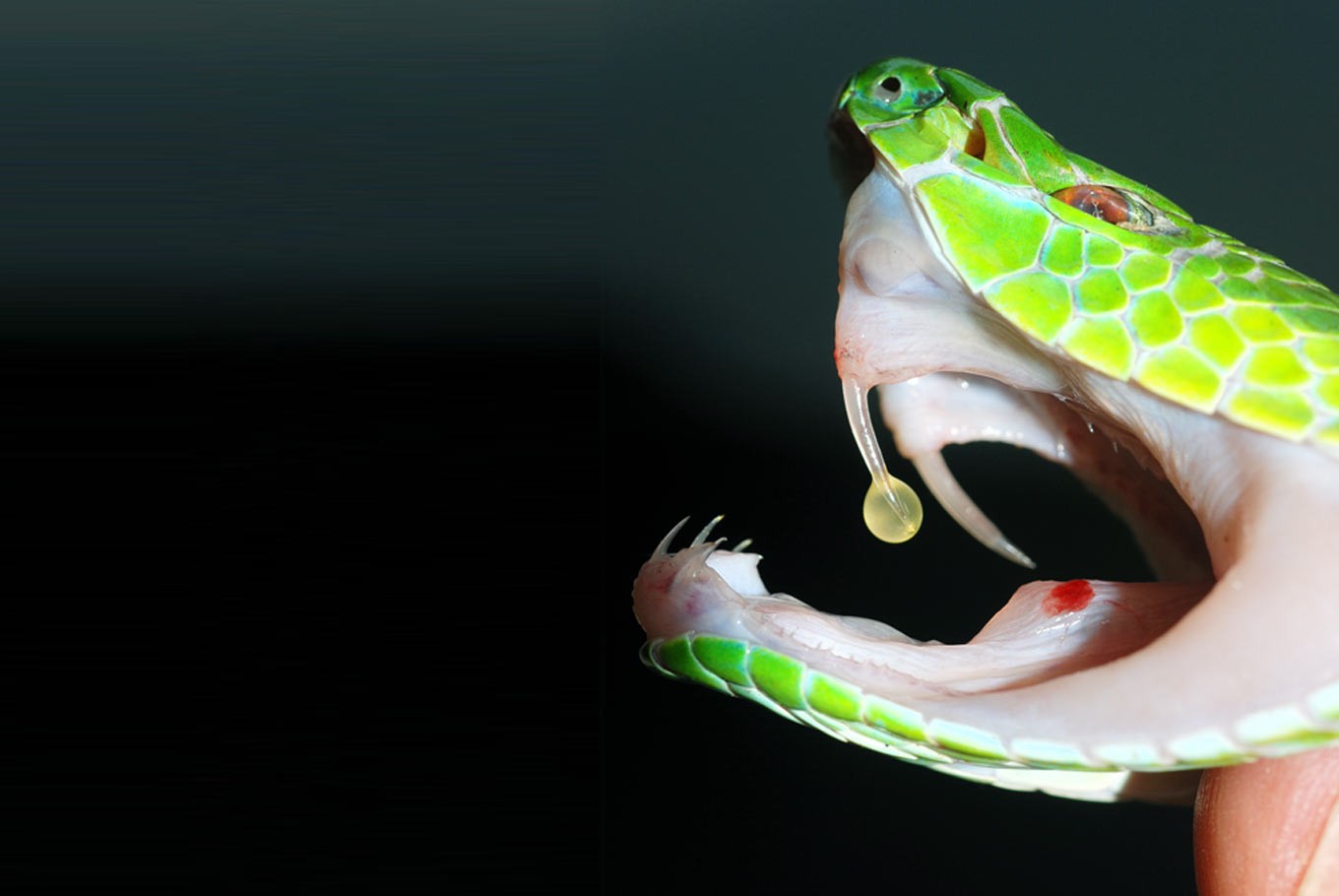Popular Reads
Top Results
Can't find what you're looking for?
View all search resultsPopular Reads
Top Results
Can't find what you're looking for?
View all search resultsSnakebite: A 'neglected tropical disease'
Indonesia is still lacking infrastructure and facilities to deal with snakebite incidents, which often lead to serious injuries or even death.
Change text size
Gift Premium Articles
to Anyone
S
nakebite affects the lives of around 4.5 million people worldwide every year; seriously injuring 2.7 million men, women and children and claiming some 125,000 lives, according to the Global Snakebite Initiative.
As a result, many are disabled, disfigured or paralyzed. These conditions practically take victims out of the workforce and cause financial hardships in the poor communities where most of them live.
Last month, the World Health Organization (WHO) listed snakebite envenoming as a “category A neglected tropical disease (NTD)” — WHO’s highest possible ranking for an NTD.
With over 70 species of venomous snakes in Indonesia, snakebite is widespread, especially for people who live and work in rural areas.
Several entertainers died in the past year because they were bitten while performing with venomous snakes.
In April 2016, for example, Irma Bule, a well-known local dangdut singer, was bitten by a king cobra while dancing with it during a concert in Jakarta. She died later in a hospital as a result of the bite.
Read also: Snake eats human in Sulawesi, under pressure of deforestation: Expert
Until recently, there were almost no records of snakebite cases in Indonesia because most victims are poor and live in remote places where transportation and medical facilities are lacking.
When they are bitten, victims tend go to a local dukun (healer), who uses various traditional methods to “cure” them. Some of them survive and some do not, but their fates are not recorded.
Even if medical facilities were available in rural areas, most of the staff in such areas are poorly trained and ill-equipped to deal with snakebite.
 Ready to attack: A spitting cobra positions itself to spit and strike if necessary.(JP/Ron Lilley)
Ready to attack: A spitting cobra positions itself to spit and strike if necessary.(JP/Ron Lilley)
Furthermore, outdated treatment practices, such as sucking, cutting and the use of the tourniquet, are still used, despite its potential to cause serious complications.
Retraining of medical staff is, therefore, an urgent priority.
As humans increasingly encroach on wild areas, this creates the potential for even more snakebites.
Certain species of snake, including cobras, show up in people’s gardens and houses once developers destroy their natural habitats.
Some species are even moving into suburban and urban areas, where there are new sources of food and hiding places for them, particularly where accumulated rubbish and food stores attract rats.
In Java, the white-lipped pit viper and the Malayan pit viper are responsible for large numbers of snakebite cases, mostly because they are stepped on, especially at night.
Other major groups of venomous snakes in western Indonesia include cobras, kraits, Asian coral snakes and sea snakes.
In eastern Indonesia, taipans, Papuan brown snakes, and death adders, which tend to be associated more with Australia, are responsible for cases of snakebite, many of which prove to be fatal.
Read also: Illegal snake-skin trade thwarted in North Sumatra
The best treatment for a venomous snake bite is with species-specific anti-venom, since there is no such thing as generic anti-venom.
Anti-venom is expensive and treatment using it requires the skill and expertise of trained medical staff. Recovery can take weeks or months.
In Indonesia, however, anti-venom is in short supply and suitable only for treatment of bites from three species of venomous snake: the spitting cobra, the banded krait and the Malayan pit viper.
The anti-venom in Indonesia is ineffective for treatment of bites from other snake species. It also needs to be stored in a refrigerator, which is a problem in Indonesia’s remote areas where the electricity supply is at best sporadic.
 Nocturnal: Banded kraits are active late at night.(JP/Ron Lilley)
Nocturnal: Banded kraits are active late at night.(JP/Ron Lilley)
Anti-venom production involves immunizing horses with snake venom, and then refining their blood to produce anti-venom.
Doctor David Williams, head of the Global Snakebite Initiative and leader of the Australian Venom Research Unit’s (AVRU) snakebite project in Papua New Guinea (PNG), has high hopes for a new type of anti-venom that is now being produced and tested in PNG.
It appears to be effective, safe and about one-tenth the cost of “horse serum” anti-venom.
Fortunately, Indonesia has Tri Maharani, a doctor and specialist in disaster medicine and a pioneer in attempting to address the problem of snakebite in Indonesia.
She has collected snakebite data from hospitals in Java.
The number of snakebite cases recorded is considerable — several hundred bite victims were admitted to just one hospital in Central Java last year, according to the data.
Tri estimates that the actual total number of snakebite cases throughout Indonesia may run into the tens of thousands every year.
Assisted by a small group of experts, Tri prepared a snakebite management manual for medical staff, which contains information that is expected to replace many of the outdated treatment methods still being taught to Indonesian medical students.
She has also held snakebite management workshops in Java and elsewhere.
The Health Ministry, the Indonesian Institute of Sciences (LIPI), the Remote Envenomation Consultancy Services (RECS) Indonesia and the Indonesian Herpetological Society are also involved in supporting Tri’s work.
Research indicates that some snake venoms contain components that are valuable in the treatment of serious illnesses, so there are potentially lucrative business opportunities with the sale of snake venom.
The development of a credible snakebite management program in Indonesia will need full government support and financial backing if it is to be realized.
At the very least, there is a new sense of optimism that the widespread but hidden problem of snakebite is at last being addressed for now and that many more lives will be saved.
***
Ron Lilley is a herpetologist living in Bali. He gives talks to schools and the public in Bali on snake identification, snake proofing and how to avoid snakebite. He manages ‘Ron Lilley’s Bali Snake Patrol’ page on Facebook.











